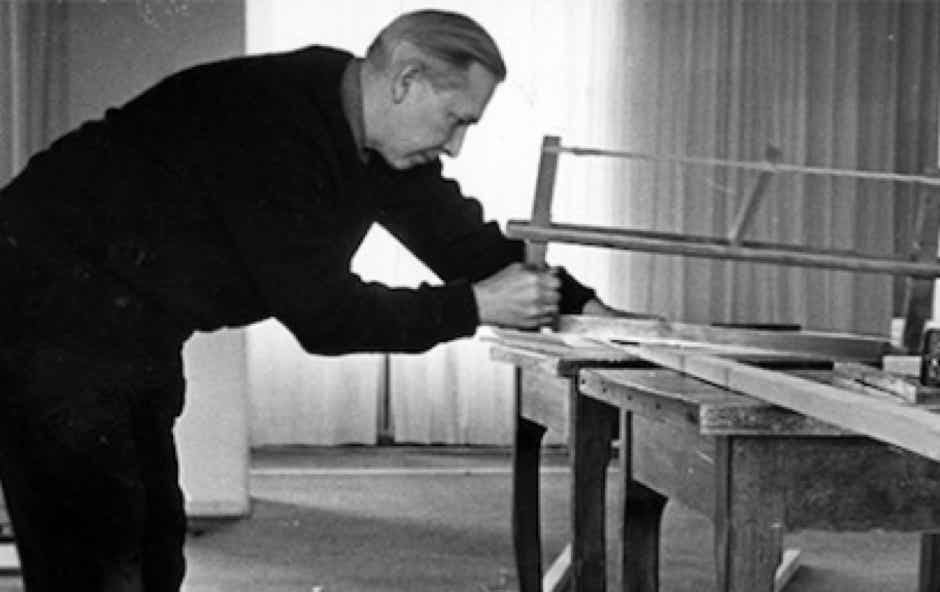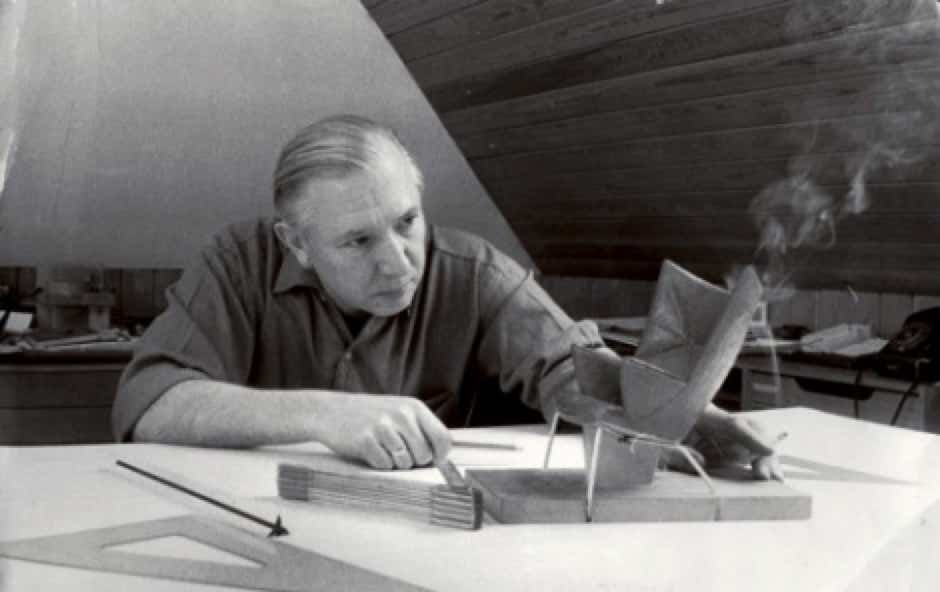Home > Carl Hansen > Lounge Chairs > CH22 lounge chair
Home > Carl Hansen > Lounge Chairs > CH22 lounge chair
15% off with DESIGN15
Wegner designed the CH22 lounge chair in 1950 and presented it in August of the same year at the ‘Købestævnet’ exhibition in Denmark. Manufactured to Wegner’s exacting original specifications, the CH22 is a low armchair with a solid wood construction featuring Wegner’s characteristically shaped armrests and a paper cord seat in what is known as an envelope weave.
The chair’s refined joinery is evident in the finger-joined corners of the seat frame, with the forelegs locking into wooden wedges in a color contrasting that of the frame. The distinctive back shell in form-pressed veneer features oblong cover caps as a striking detail.
The CH22’s complex, intricately detailed construction may explain why the lounge chair has long been out of production.
Today, while parts of the production process have been modernized, the chair is still manufactured as it was more than six decades ago – that is, with excellent hand craftsmanship, from assembly through the surface treatment and seat weaving.
The CH22 has excellent ergonomics, a robust construction, and characteristically shaped elements, which result in a distinctive appearance that expresses the extent to which every detail has been thought through.
The CH22 is available in solid oak and walnut as well as a combination of these wood types, with various finishes. The seat is available in natural or black paper cord.
Dimensions 69,5 x 61,5 x H72,6cm – seat height 36,8cm
Frame and armrests solid wood
Seat paper cord
Backrest plywood
CH22 Lounge chair
from
CH22 Seat cushion
from
Loke 7050
Loke 7748
Loke 7150
Hans J. Wegner



Hans J. Wegner was born in 1914 in Tønder, Denmark, the son of a shoemaker. At the age of 17, he finished his apprenticeship as a cabinetmaker with H. F. Stahlberg, in whose workshops Wegner’s first design experiments took form. He moved to Copenhagen as a 20 year-old, and attended the School of Arts and Crafts from 1936 – 1938 before he began working as an architect.
As a young architect, Wegner joined Arne Jacobsen and Erik Møller in Århus, working on furniture design for the new Århus city hall in 1940. It was during the same year that Wegner began collaborating with master cabinetmaker, Johannes Hansen, who was a driving force in bringing new furniture design to the Danish public.
The Copenhagen Museum of Art and Industry acquired its first Wegner chair in 1942.
Wegner started his own design office in 1943. It was in 1944 that he designed the first “Chinese chair” in a series of new chairs that were inspired by portraits of Danish merchants sitting in Ming chairs. One of these chairs, the “Wishbone Chair”, designed in 1949 and produced by Carl Hansen & Son in Odense since 1950, became the most successful of all Wegner chairs.
Among Danish furniture designers, Hans J. Wegner is considered one of the most creative and productive. He has received practically every major recognition given to designers, including the Lunning prize, the grand prix of the Milan Triennale, Sweden’s Prince Eugen medal and the Danish Eckersberg medal. Wegner is an honorary Royal designer for industry of the Royal Society of Arts in London. Almost all of the world’s major design museums – from The Museum of Modern Art in New York to Die Neue Sammlung in Munich – include his furniture in their collections.
Hans J. Wegner died in Denmark in January, 2007.
Hans J. Wegner’s contribution to Danish Modern:
- First a cabinetmaker, then a designer: integrates exacting joinery techniques and exquisite form.
- A deep respect for wood and its characteristics – and an abiding curiosity about other natural materials
- Brings an organic, natural softness to formalistic minimalism
- Generally regarded as ”the master of the chair”, with more than 400 chair designs to his name